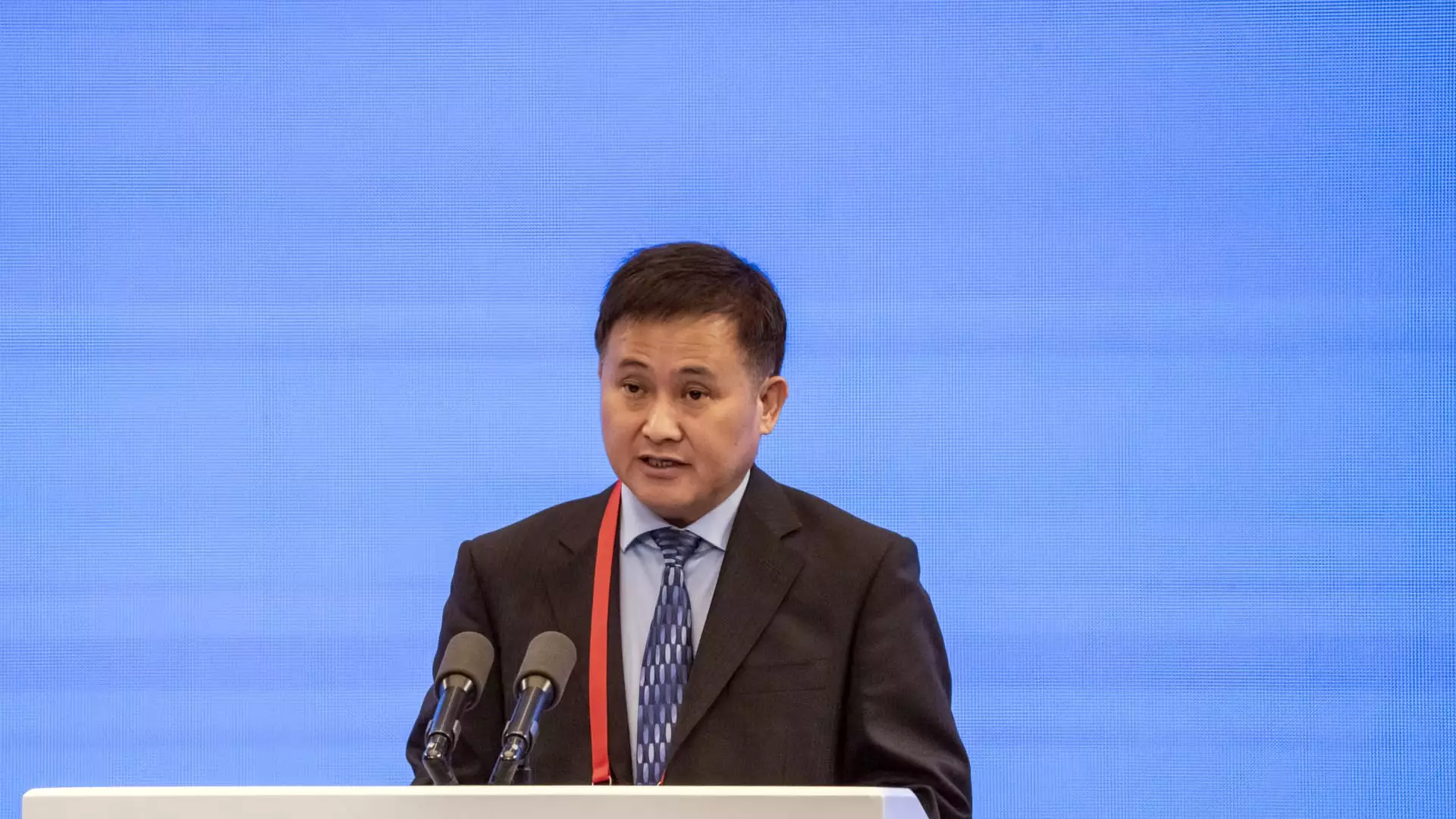China’s financial risks, including those from local government debt, have seen a significant decline according to People’s Bank of China Governor Pan Gongsheng. The central bank has expressed its commitment to working with the Ministry of Finance to ensure that China meets its annual growth targets. Pan emphasized that monetary policy will remain supportive to facilitate this goal. Despite concerns raised by international institutions regarding China’s high debt levels, Pan reassured that the overall financial system in China is sound.
The emergence of local government financing vehicles (LGFVs) in China over the past two decades has been crucial in enabling local authorities to fund essential infrastructure projects. However, the lack of regulatory oversight resulted in indiscriminate funding and a high debt burden on LGFVs. Efforts by local governments, financial institutions, and investors have alleviated some of the repayment pressures faced by weaker LGFVs. S&P Global Ratings analysts highlighted that while progress has been made, LGFV debt remains a significant challenge.
Debt Challenges and Economic Growth
China’s slowing economic growth, with a 5% increase in the first half of the year, has raised concerns about achieving the targeted growth rate without further stimulus. The International Monetary Fund has recommended supporting domestic demand to mitigate debt risks. The IMF report also pointed out the vulnerability of small and medium-sized commercial and rural banks in China, which account for a significant portion of the banking system assets. Despite efforts to address high-risk banks, challenges persist in the financial sector.
In the real estate sector, China has implemented measures such as lowering mortgage down payment ratios and interest rates to boost market activity. The government is encouraging local governments to invest in affordable housing and rental units to address housing challenges. While real estate has historically played a significant role in China’s economy, there is a shift towards promoting advanced technology and manufacturing sectors. Beijing aims to reduce reliance on real estate for economic growth.
Recent developments in China’s government bond market have highlighted the challenges faced by the People’s Bank of China. The decision to delay a rollover of the medium-term lending facility in favor of a capital injection through a reverse repurchase agreement indicates efforts to stabilize the market. Pan Gongsheng’s emphasis on revamping the monetary policy structure reflects the central bank’s commitment to addressing market volatility. The upcoming release of the monthly loan prime rate will provide further insights into China’s monetary policy direction.
While China has made progress in reducing financial risks, challenges remain in managing debt levels, supporting economic growth, and transitioning towards a more sustainable economic model. The coordination between government agencies, financial institutions, and regulators will be crucial in addressing these challenges and ensuring the stability of China’s financial system.

